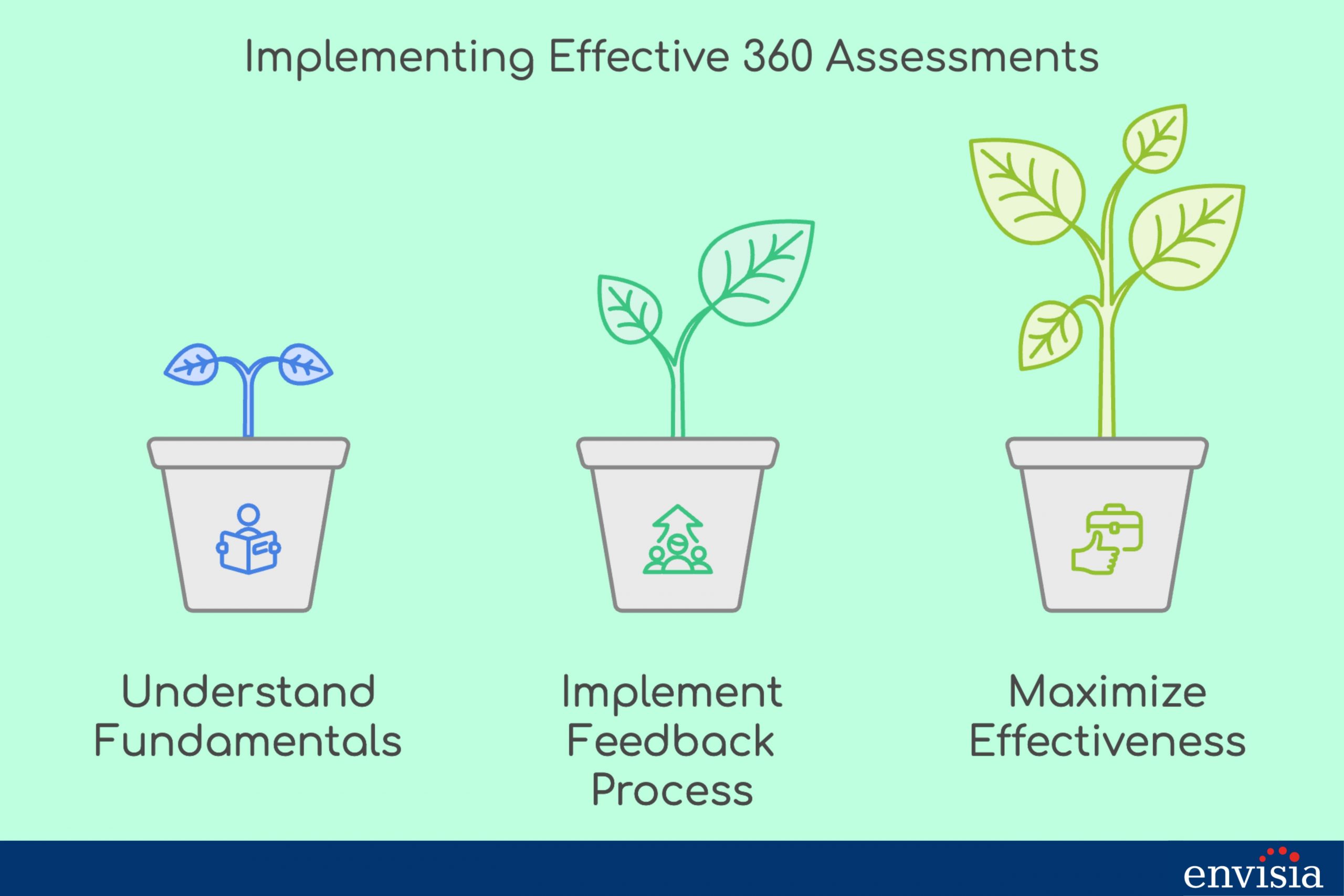360 Degree Feedback Best Practices
-

How to Measure Leadership Development?
Leadership development is more than just a buzzword—it’s a crucial component of organizational success. Yet, measuring its effectiveness often feels like navigating uncharted waters. Have you ever invested in a leadership development program and wondered if it truly made a difference? You’re not alone. Many organizations grapple with assessing the real impact of their leadership…
-

Identifying High-Potential Employees: Everything You Should Know
In today’s rapidly evolving business landscape, have you ever felt the challenge of recognizing who among your employees could be your next great leader? You’re not alone. Many organizations struggle to identify high-potential employees who can drive future success. This uncertainty can lead to missed opportunities, affecting both employee development and organizational growth. But what…
-

Upward Feedback: How to Give Constructive Feedback to Your Manager
Do you have ideas to improve your team or manager’s approach but hesitate to share them? You’re not alone. Many team members struggle with providing upward feedback due to concerns about power dynamics or potential misunderstandings. This can lead to a work environment where valuable perspectives are lost, and growth opportunities are missed. The good…
-

Future of Performance Management
Have you ever felt that traditional performance reviews don’t truly reflect your efforts or potential? Perhaps the annual appraisal leaves you wanting more frequent, meaningful feedback that could actually help you grow. You’re not alone. Many organizations are recognizing that their current performance management systems are falling short in engaging employees and fostering development. The…
-

Essential 360 Feedback Questions You Should Be Asking for Effective Performance Reviews
Overview of 360 Feedback Questions for Effective Performance Reviews Understanding a team member’s performance from multiple perspectives is essential for fostering growth and enhancing the overall employee experience. 360-degree feedback offers a comprehensive approach to performance reviews by collecting insights not just from managers but also from peers, subordinates, and even the employees themselves. This…
-

360 Degree Feedback Implementation: Best Practices For Performance Reviews
In today’s fast-paced business environment, organizations are constantly seeking effective ways to enhance employee performance and foster a culture of continuous improvement. Yet, many struggle with traditional performance reviews that often fail to provide a holistic view of performance, leaving employees and managers wanting more actionable feedback. If you’ve ever felt that your current evaluation…
-

360 Degree Feedback: The Ultimate Guide
Have you ever felt that traditional performance reviews don’t capture the full scope of your contributions or areas for growth? Maybe you’ve experienced the frustration of one-sided evaluations that miss valuable insights from those you work with daily. This lack of comprehensive feedback can hinder personal development and leave you feeling disconnected from your team’s…
-

What is Another Term for 360-Degree Feedback?
Another term for 360-degree feedback is multi-source feedback. This comprehensive assessment tool gathers input from multiple sources—including peers, subordinates, managers, and customers—to provide a balanced view of an individual’s performance and behavior. By using data collection from different perspectives, 360 feedback results in actionable insights and guidance that support professional development and improvement. This approach…
-

Legal Considerations For 360 Degree Feedback Performance Review
In today’s dynamic workplace, many organizations are turning to 360-degree review processes to enhance employee performance and foster leadership development. However, navigating the legal landscape surrounding this type of review can be daunting. Concerns about confidentiality, anonymity, and potential legal risks often leave employers and HR professionals wondering how to implement these systems effectively and…
-

How to Implement a 360-Degree Feedback Process
Are you finding it challenging to gain a comprehensive understanding of your team’s performance and development needs? Traditional performance reviews often offer a limited perspective, focusing solely on an employee’s interactions with their direct supervisor. This narrow view can leave gaps in understanding an individual’s true strengths and areas for improvement, hindering both personal growth…
